Flora of Mt Olympus
Flora of Mt Olympus
Identify plant species
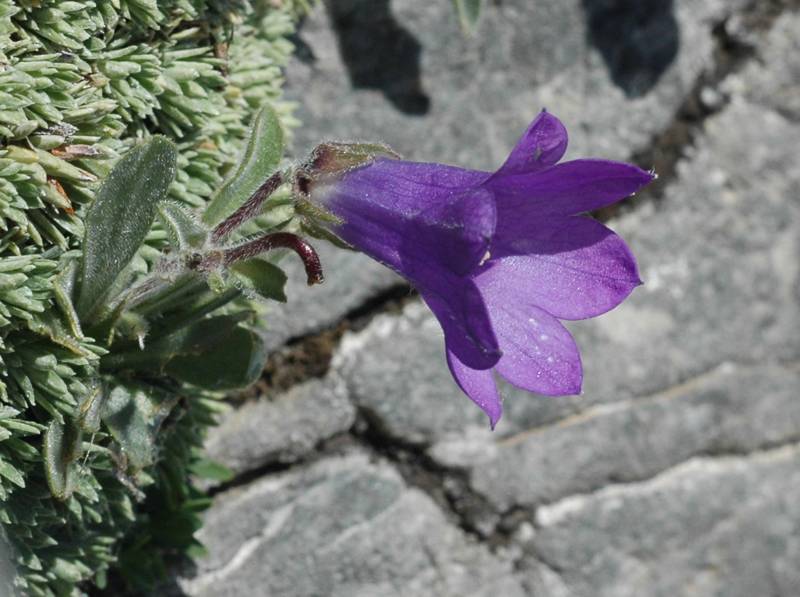
Mt. Olympus is the sole massif of Greece with such an extended alpine zone (roughly the zone above 2000 meters), as the next in altitude mountain is Smolikas at 2637 m. As regards flora, this fact is reflected both in the number of plant taxa (species and subspecies) recorded in Olympus and the significant number of local endemics (narrow endemics), plants distributed exclusively within the boundaries of the massif.
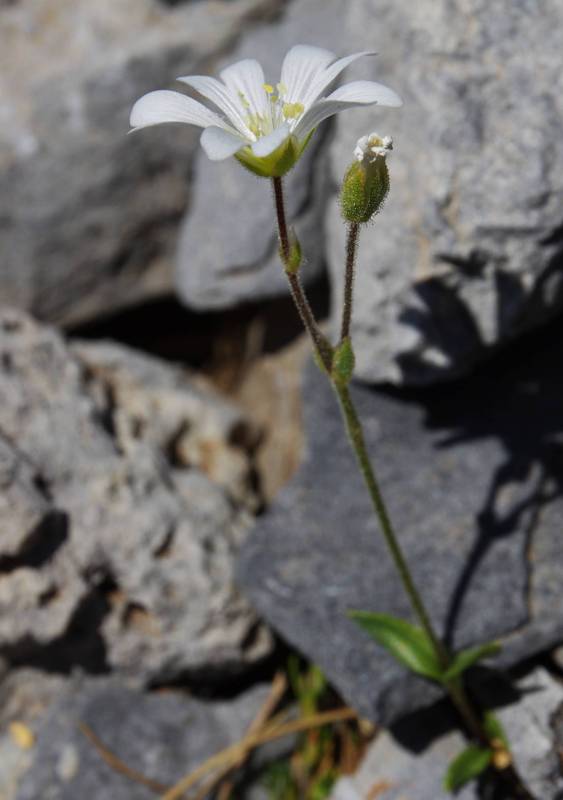
Given that during the first flourish period of botanical research in Greece (second half of 19th c.) Olympus was located more or less at the boundary zone between the newly-founded Greek state with the retreating Ottoman empire, access to the mountain for the researchers was not a simple case. Heldreich and Orphanidis conducted a few visits during the decade of 1850 and collected precious specimens, describing also new species, however the amount of data for the flora of the mountain increased dramatically only after 1925.
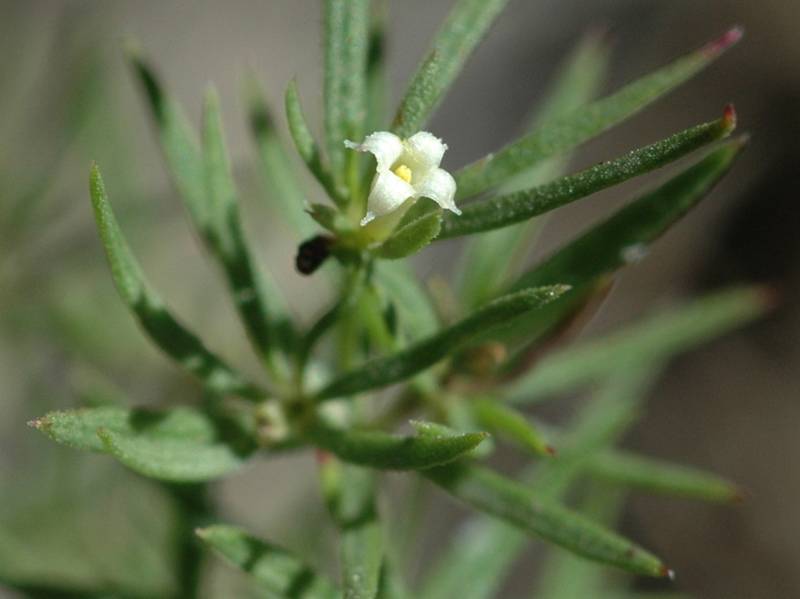
Based in all botanical works so far, the total plant number of Olympus is estimated in approx. 1700 taxa – for comparison reasons, we mention that in Mt. Giona (2510 m), the fifth higher mountain of Greece, around 1270 taxa have been recorded. In terms of research, however, the flora of the mountain in the last decades is mainly fragmentary studied (in species and genus level or on the basis of rarity), therefore the edition “Wild flowers of mount Olympus” (1980) by the eminent researcher of the Greek flora Danish professor Arne Strid remains up to today the main reference for the flora of the massif.
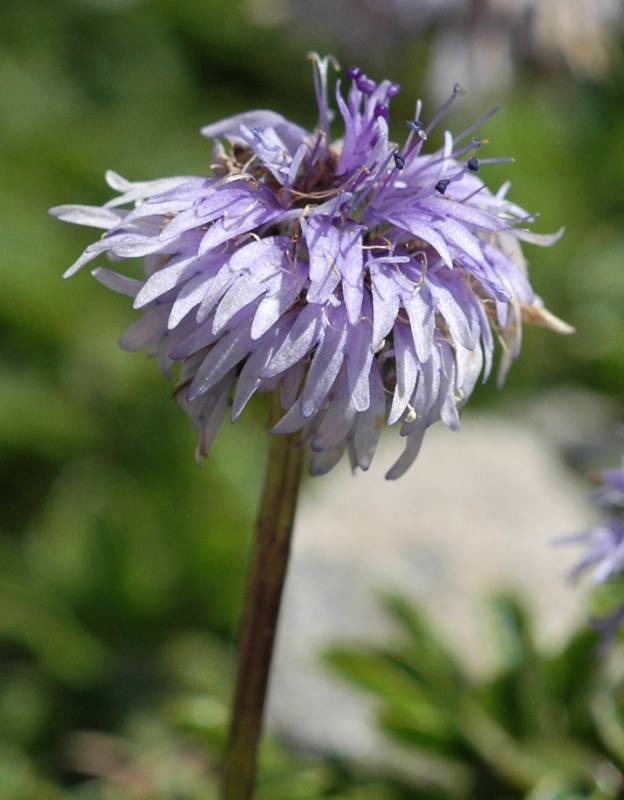
The narrow endemic plants of Olympus are 25, also (as rather expected) more than any other massif of the country. Several of them, such as Alyssum handelii, Viola striis-notata, Cerastium theophrasti and others are restricted in elevation above 2500 m, that is the zone occurring in fact exclusively in Olympus.
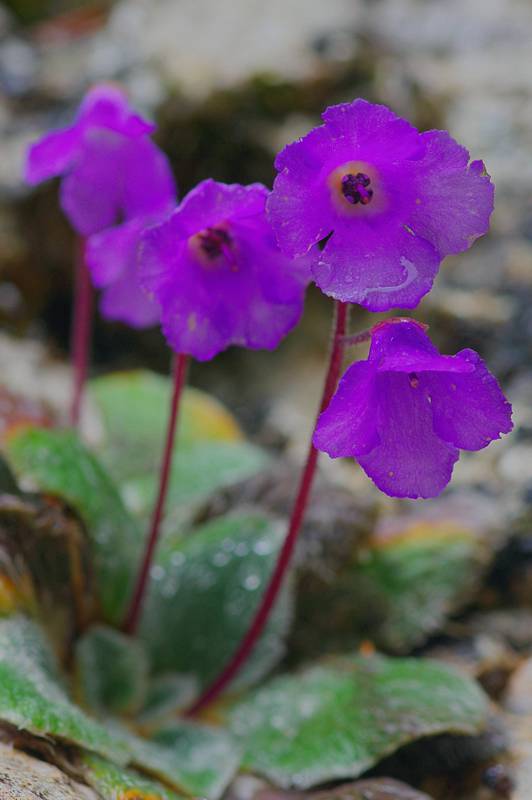
Nevertheless, the floristic wealth and surprises of Olympus are not restricted close to the highest peaks – on the contrary, perhaps the most valuable jewel of the local botanical treasure is hidden in the ravines of the middle and lower zone of the mountain (such as Enipeas gorge) and it is Jancaea heldreichii, a Tertiary relict that “resorted” to Olympus area during the last ice age and survived only there afterwards.
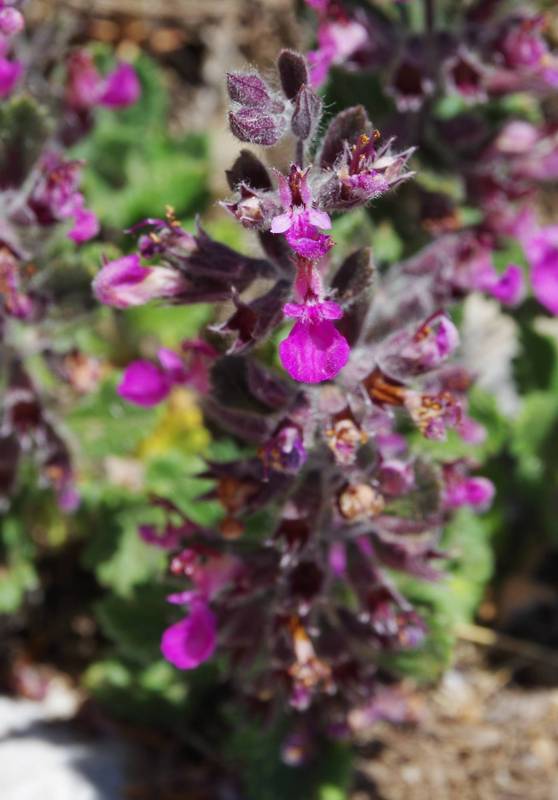
At the same time, the eastern slopes of Olympus above Litochoro village host two rare and local endemic knapweed species, Centaurea litochorea and Centaurea incompleta.
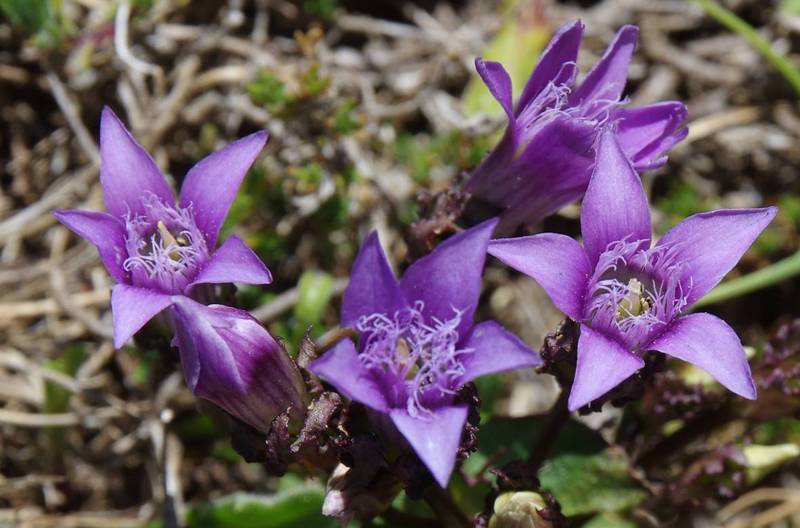
Most of the rare plants of Mt Olympus dwelve near the rocks and under the endless cliffs. However, the vast alpine meadows are also home to dozens of interesting species, from spring crocuses to striking Gentianellas and the local mountain tea Sideritis scardica.
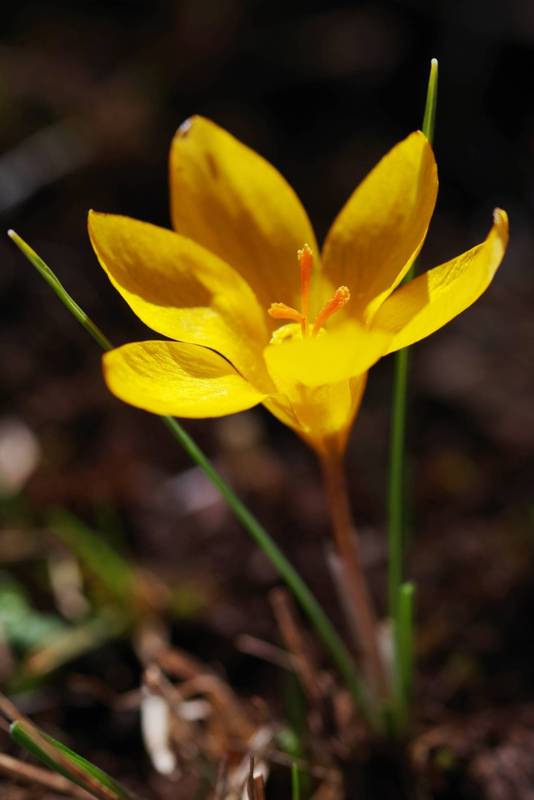
Mt Olympus ecosystem is a huge embrace, offering the richest variety of biotopes and the wider altitudinal range for Greece, thus generating a unique range of environmental opportunities for plants. Among other rare and interesting plants, orchids are the group that creates the strongest tangible sense of floral paradise.
In fact, about 50 orchid species have been recorded on Mt Olympus, a number as impressive as the very aesthetics of these beautiful plants.
This richness includes species of the genus Anacamptis (represented by Anacamptis laxiflora, Anacamptis pyramidalis, Anacamptis papilionacea, Anacamptis morio and Anacamptis coriophora), the impressive Himantoglossum jankae, many members of the Orchis genus (with the most interesting species being Orchis spitzelii, Orchis purpurea, Orchis simia, Orchis provincialis, Orchis pauciflora and the common but paradoxical Orchis anthropophora) and some members of the Cephalanthera group (represented by mainly widespread species such as Cephalanthera longifolia and Cephalanthera rubra).
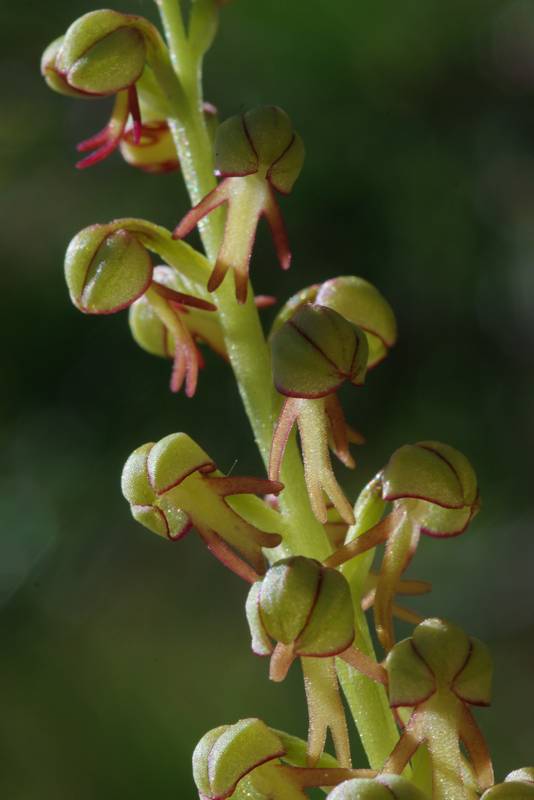
At the same time, in drier places, we will find a significant range of species of the large genus of Ophrys, which with their innumerable variations give taxonomists a headache (here we will find widely distributed species, such as Ophrys apifera, Ophrys umbilicata, Ophrys speculum and Ophrys helenae, but also taxa of more local distribution, such as Ophrys zeusii and Ophrys hansreinhardii).
In the forest we will also find the rare Platanthera chlorantha, the beautiful neotineas Neotinea ustulata and Neottia ovata, the typical woodland Neottia nidus-avis and the dactylorhizas Dactylorhiza romana, Dactylorhiza sambucina and Dactylorhiza saccifera.
The careful observer will spot the exotic species Epipogium aphyllum, Gymnadenia conopsea, Corallorhiza trifida and Coeloglossum viride, unknown or hard to find in Southern Greece. Somewhere in the forest hide several species of epipactis, like Epipactis atrorubens subsp. subclausa, Epipactis helleborine and Epipactis palustris, while in the autumn the exotic Spiranthes spiralis appears out of nowhere.

